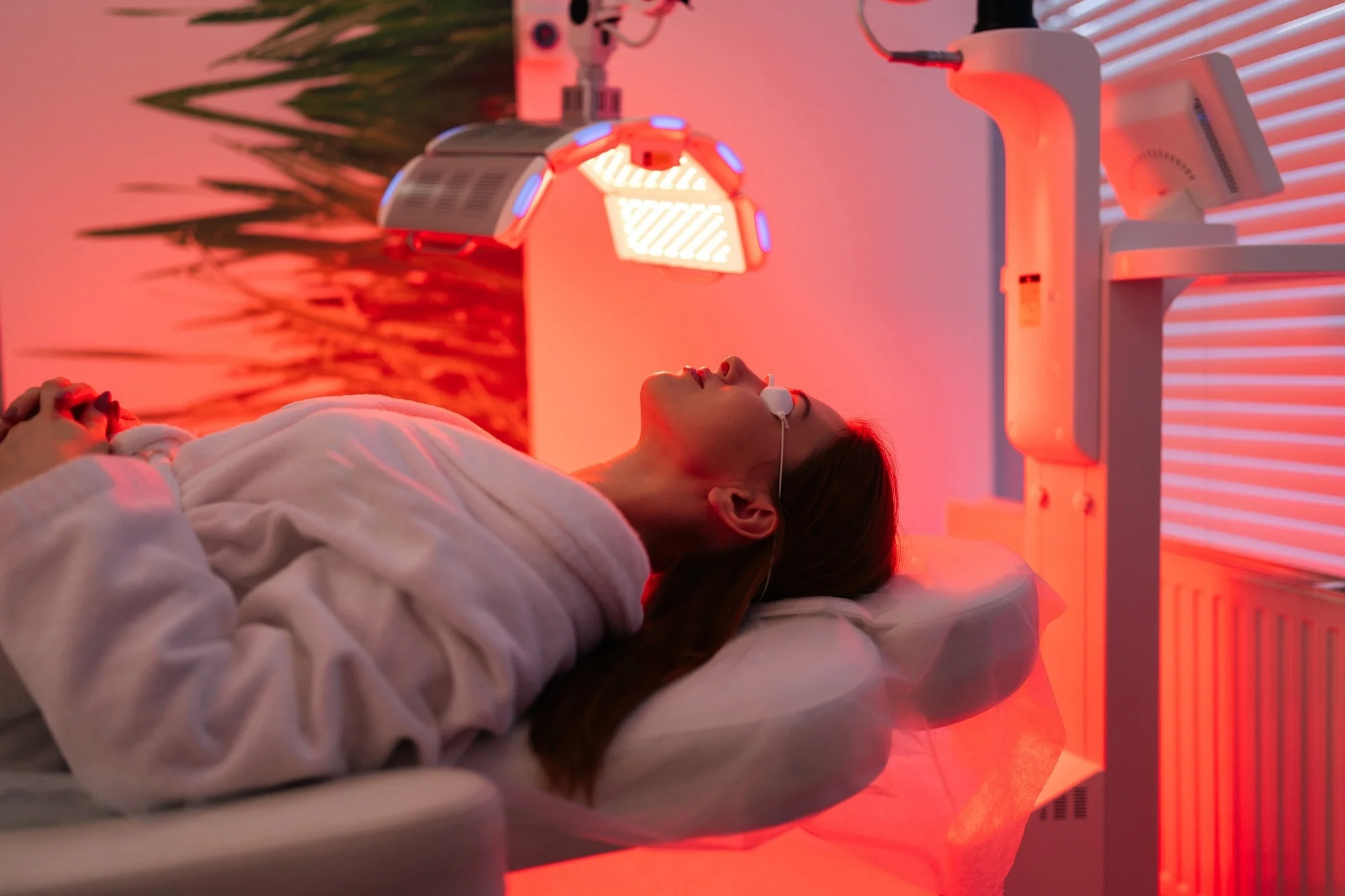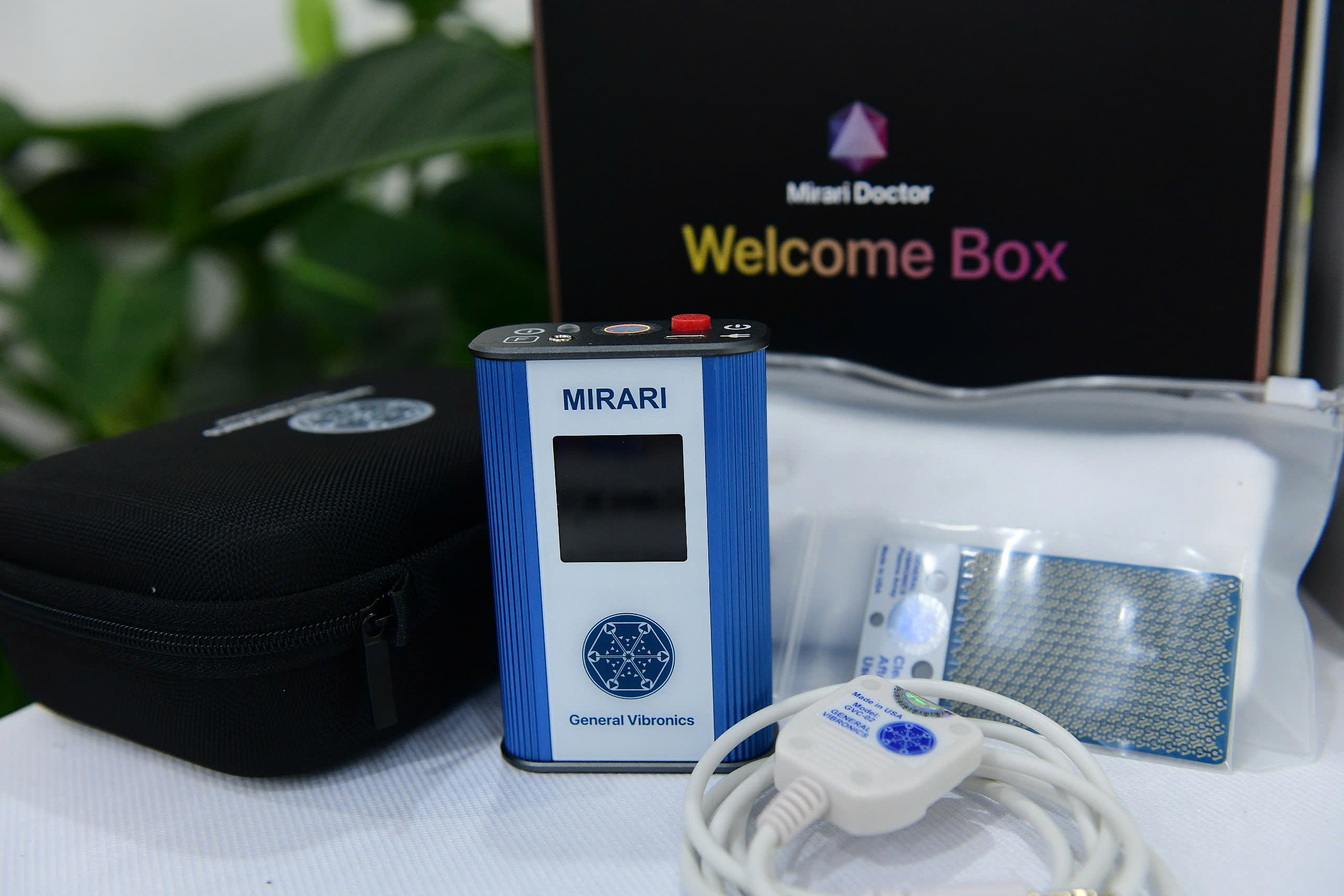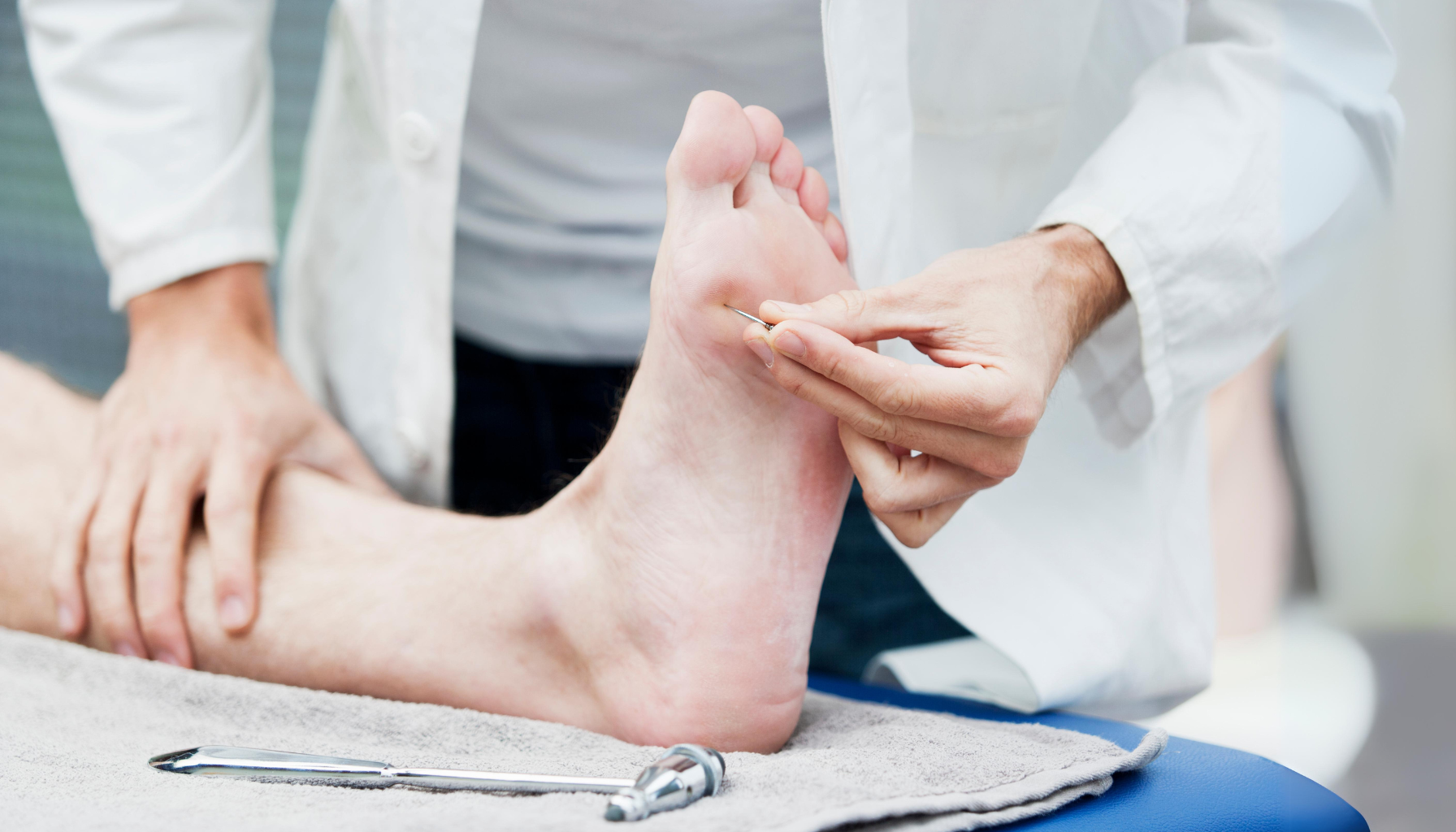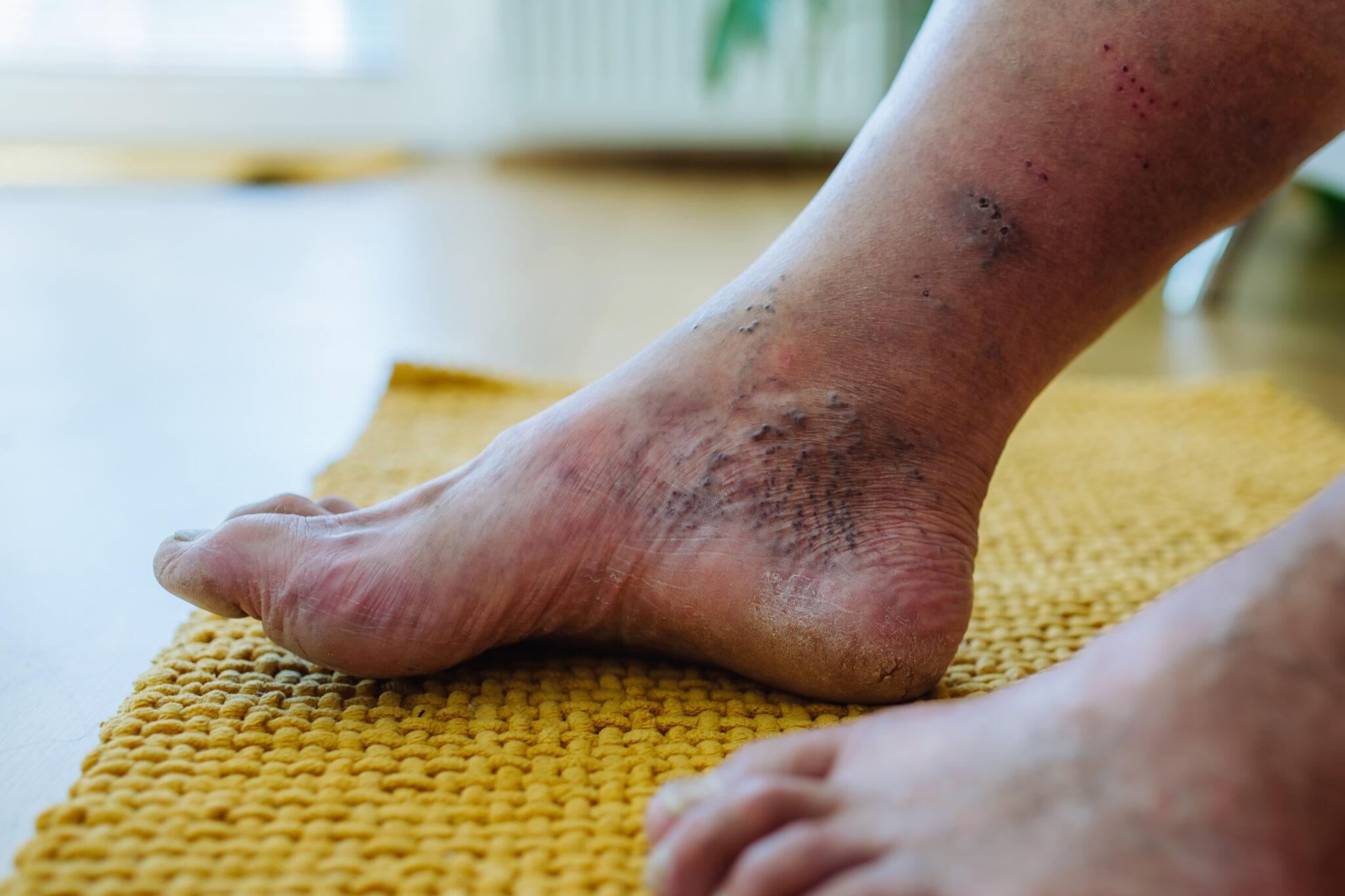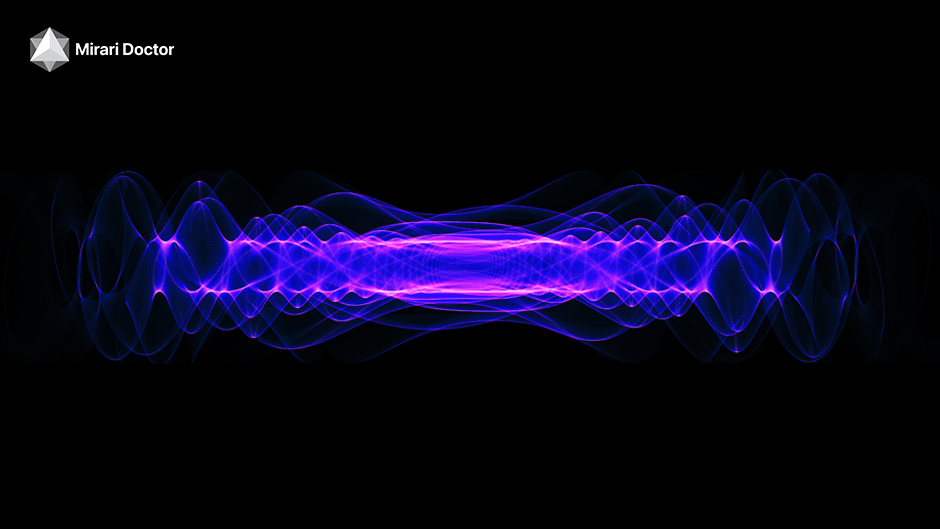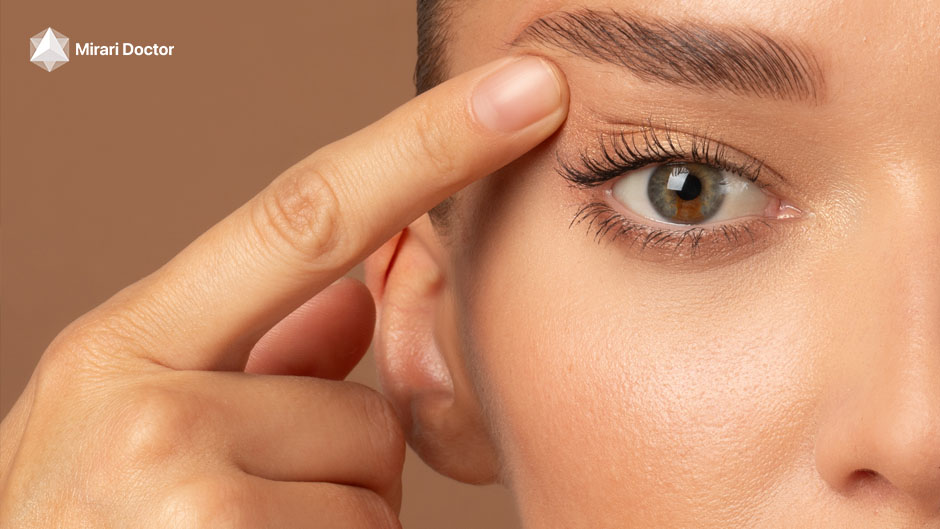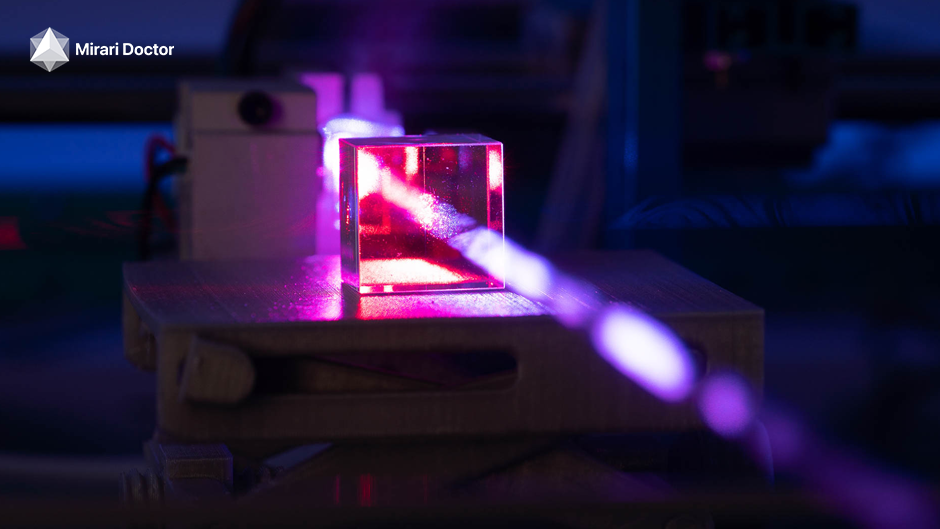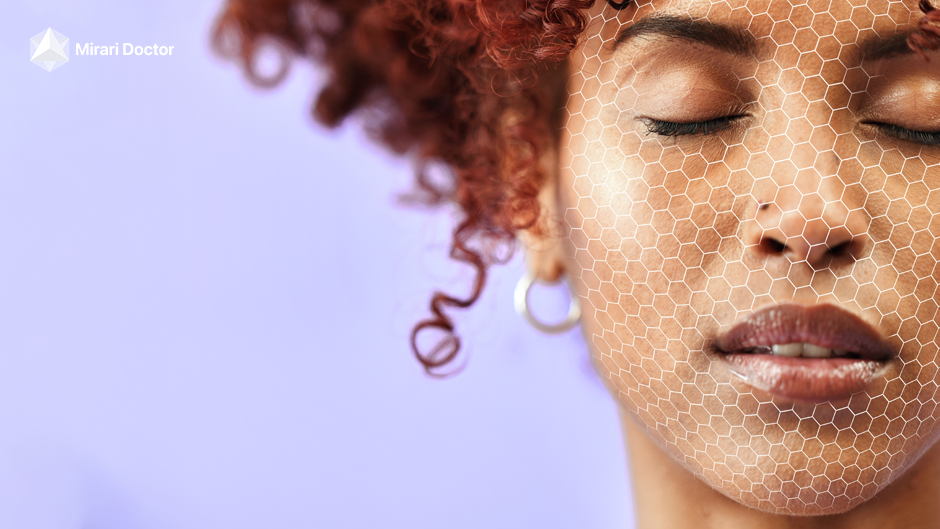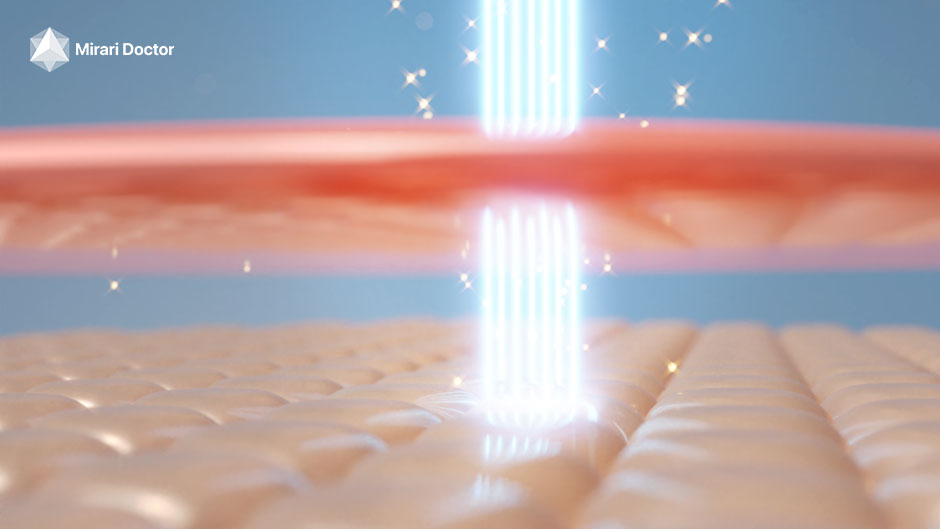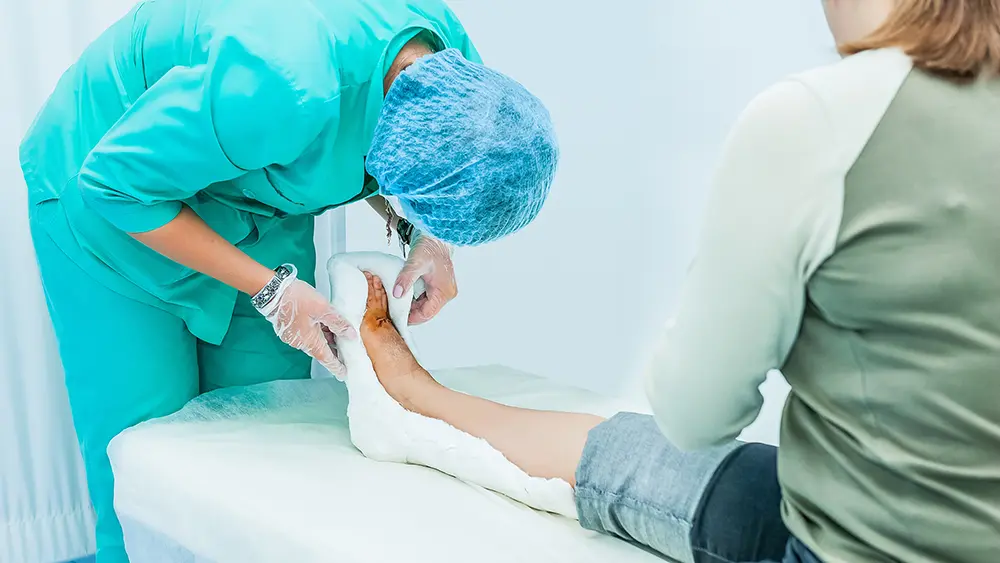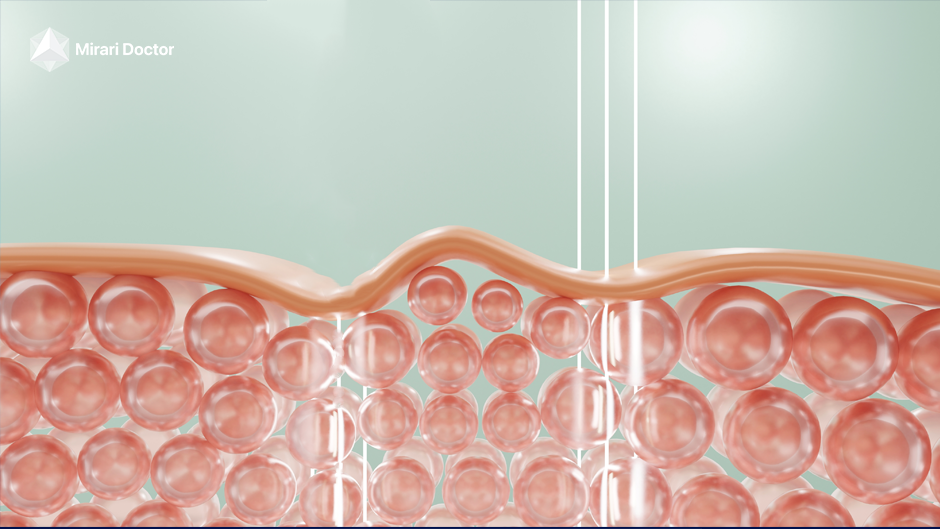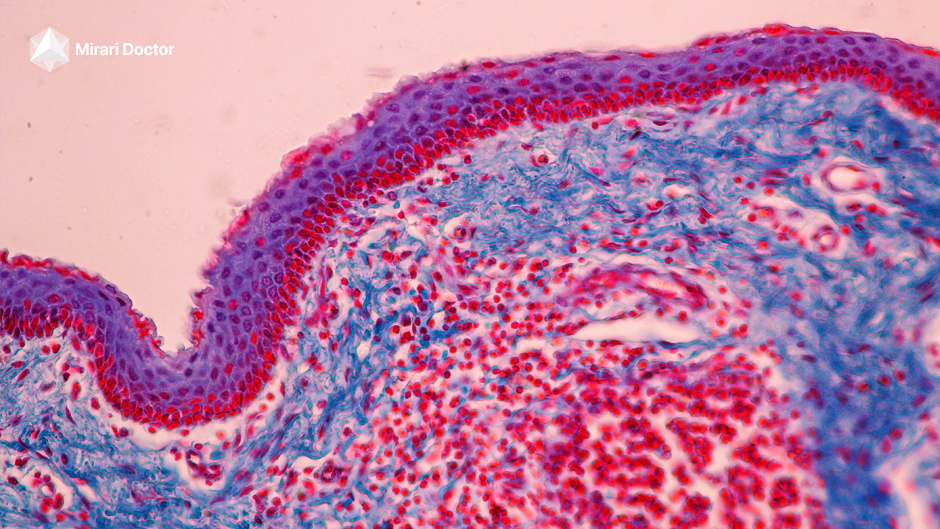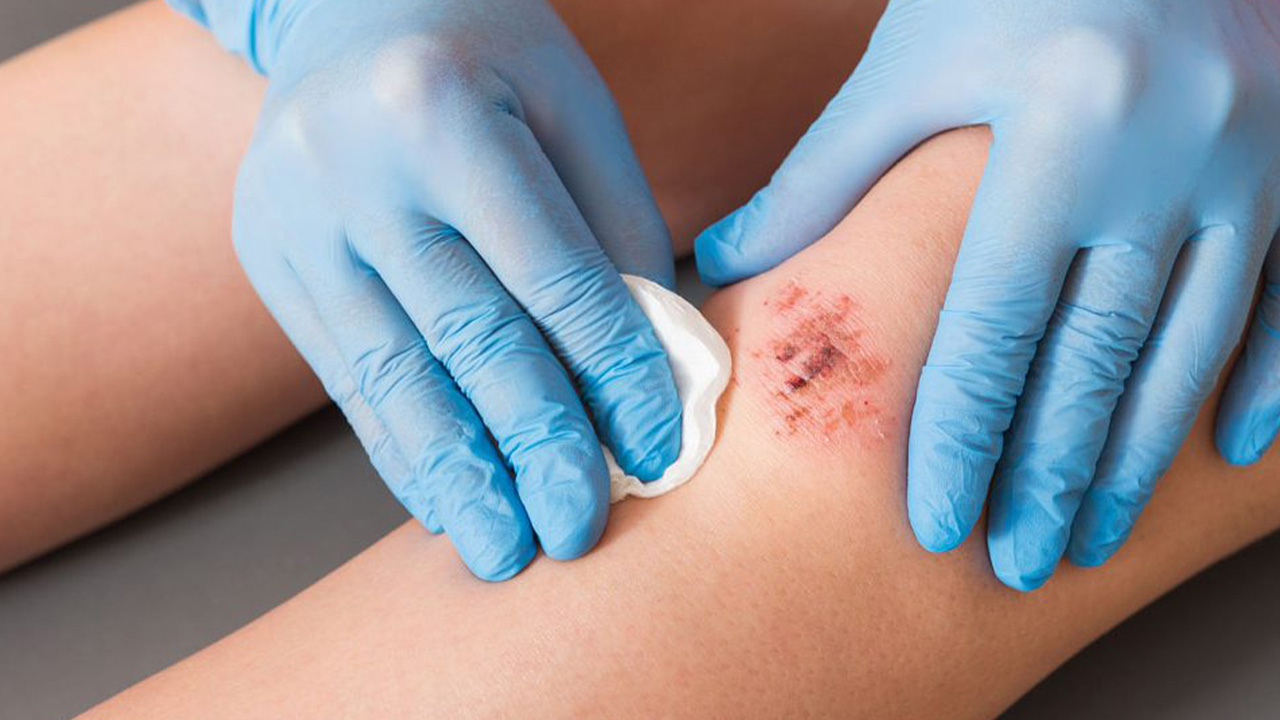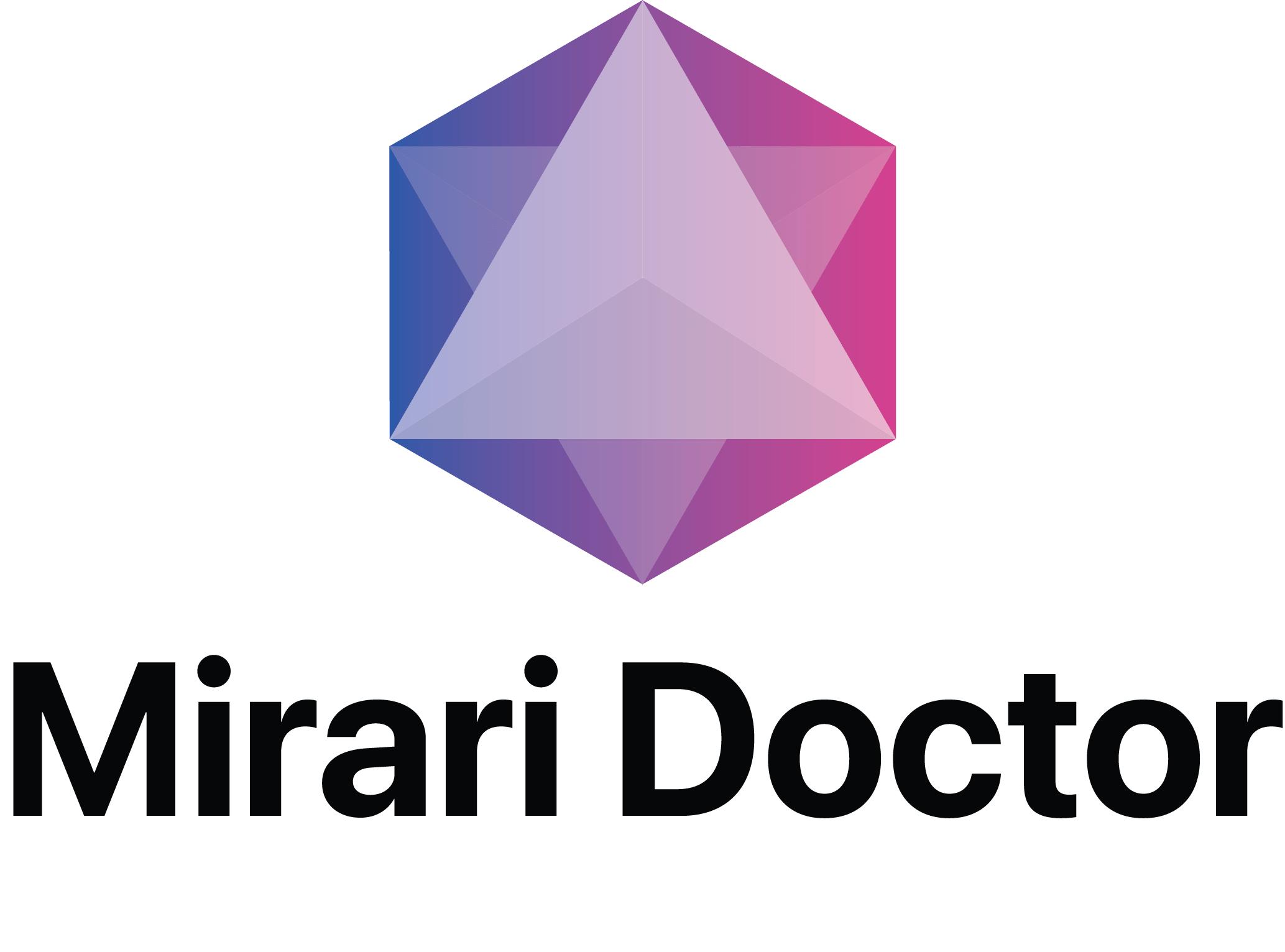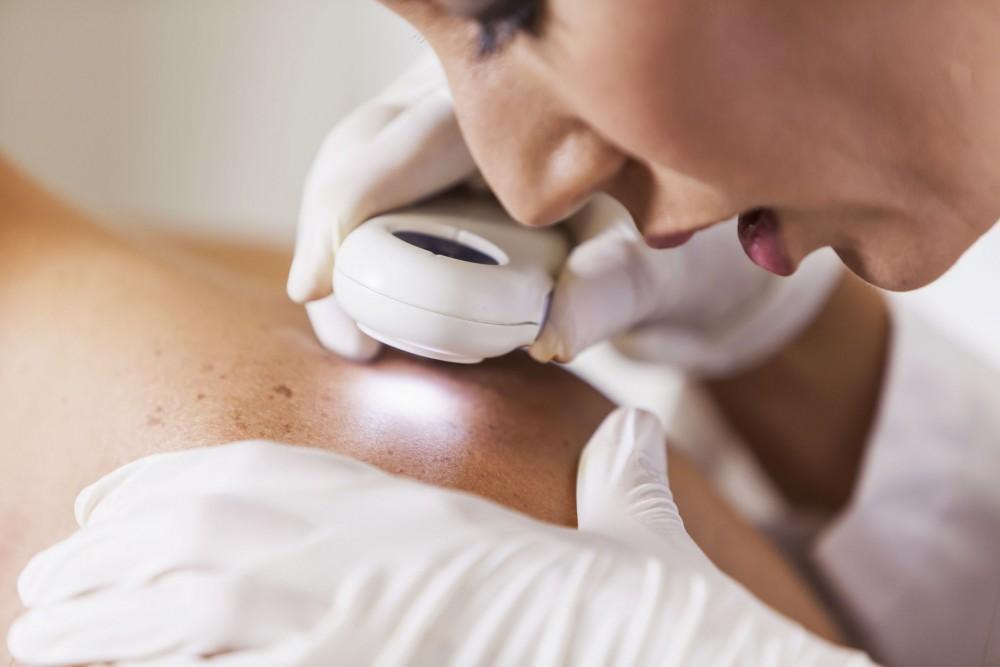
Dermatology has witnessed a groundbreaking transformation with the introduction of cold atmospheric plasma (CAP) technology, offering patients innovative, non-invasive treatments for various skin conditions. This revolutionary approach in dermatology combines advanced plasma physics with clinical medicine to deliver targeted therapeutic benefits without the risks associated with traditional thermal treatments. Cold plasma technology represents a paradigm shift in dermatological care, providing effective solutions for acne, inflammatory conditions, wound healing, and skin rejuvenation.
Understanding Cold Plasma Technology in Dermatology
Cold atmospheric plasma operates at near room temperature, making it uniquely suited for dermatological applications. Unlike traditional plasma systems that generate extreme heat, cold plasma in dermatology maintains temperatures between 35-40°C, ensuring patient safety while delivering therapeutic reactive oxygen and nitrogen species (RONS)[1].
Scientific Mechanisms Behind Cold Plasma in Dermatology
The therapeutic power of cold plasma in dermatology lies in its ability to generate controlled amounts of reactive species that interact with skin tissues through multiple pathways. These include antimicrobial effects, anti-inflammatory responses, and cellular regeneration stimulation[2].
The MIRARI® Cold Plasma System, developed by General Vibronics and FDA-cleared in November 2024, exemplifies how dermatology is embracing this innovative technology. This device utilizes nitric oxide-enriched plasma delivery, offering enhanced precision in targeting specific dermatological conditions[3].
Nitric Oxide vs Reactive Oxygen Species in Dermatological Applications
Traditional cold plasma devices in dermatology primarily generate reactive oxygen species through atmospheric ionization. However, newer technologies like the Mirari Cold Plasma system utilize nitric oxide (NO) as the primary therapeutic agent, providing enhanced selectivity for dermatological treatments. Research demonstrates that ROS destroys while RNS rebuilds, highlighting the importance of balanced plasma generation in dermatological applications[2].
Clinical Applications of Cold Plasma in Dermatology
Acne Treatment and Dermatological Inflammation Management
Cold plasma technology demonstrates exceptional efficacy in dermatology for acne vulgaris treatment, offering a revolutionary approach to managing this common skin condition. Clinical studies show that cold plasma effectively targets Cutibacterium acnes bacteria while simultaneously reducing inflammation and promoting skin healing[4].
The antimicrobial properties of cold plasma in dermatology work through multiple mechanisms including direct bacterial destruction, sebum regulation, and inflammation reduction. Split-face studies demonstrate significant improvements in lesion count compared to untreated areas, with patients observing noticeable improvements with fewer sessions than traditional dermatological treatments[2].
Clinical Evidence for Acne Treatment in Dermatology
Research from the University Clinic of Regensburg and Dermatest demonstrated strong efficacy in inactivating acne-causing bacteria like Cutibacterium acnes. Clinical trials across Europe have supported the benefits for acne-prone skin, including reduced redness, refined pores, and fewer blemishes with a strong safety profile[5].
Inflammatory Skin Conditions and Dermatological Disorders
Cold plasma therapy in dermatology has shown remarkable effectiveness for various inflammatory conditions including atopic dermatitis, eczema, psoriasis, and rosacea. The technology’s anti-inflammatory properties help soothe irritated skin while promoting natural healing processes[1].
Atopic Dermatitis and Eczema Management
Studies demonstrate that cold plasma treatment in dermatology significantly reduces inflammatory markers while improving skin barrier function. The therapy provides relief from itching, reduces redness, and accelerates healing in patients with chronic inflammatory conditions[6].
Skin Rejuvenation and Anti-Aging Dermatology Applications
The application of cold plasma in aesthetic dermatology represents a paradigm shift in non-invasive skin rejuvenation. The technology penetrates deep into skin layers, stimulating collagen production and cellular renewal essential for maintaining youthful skin appearance[7].
Research shows that cold plasma treatment increases collagen levels and accelerates skin reactions when combined with vitamin C. The epidermal layer thickness increases after treatment, indicating improved skin elasticity and rejuvenation[7].
Technical Specifications for Dermatological Applications
| Parameter | Specification | Dermatological Application |
|---|---|---|
| Operating Temperature | 35-40°C | Safe for all skin types including sensitive skin |
| Treatment Duration | 2-15 minutes | Customizable based on dermatological condition |
| Plasma Generation | Surface Micro-Discharge (SMD) | Precise targeting of skin lesions |
| Penetration Depth | 3-8 mm | Reaches multiple skin layers effectively |
| Gas Composition | Atmospheric N₂/O₂ | No external gas tanks required |
| Power Output | Variable intensity | Adjustable for different dermatological needs |
Safety Profile and Side Effects in Dermatology
Common Side Effects in Dermatological Treatments
Cold plasma treatment in dermatology is generally considered safe, with mild and transient side effects. Common reactions include temporary skin irritation, redness, and tenderness that typically resolve within hours to days[8].
Clinical studies show that skin irritation is often compared to a mild sunburn, where the skin feels tender and may exhibit erythema. The degree of irritation correlates with the intensity and duration of plasma exposure, making proper parameter selection crucial in dermatological applications[8].
Long-term Safety in Dermatological Practice
Long-term studies demonstrate encouraging safety results for cold plasma in dermatology. A rodent study involving consecutive treatments over 14 days showed no detectable long-term side effects after one year. Clinical follow-up of patients over five years revealed no signs of malignant tumor formation, inflammatory reactions, or pathological changes in plasma-treated areas[6].
Managing Allergic Reactions in Dermatological Patients
Although rare, allergic reactions can occur during cold plasma treatments in dermatology. These reactions may manifest as localized swelling, itching, or hives, attributed to specific gases or additives used in plasma generation. The Mirari Cold Plasma System’s nitric oxide-based technology has shown a low incidence of allergic reactions in clinical studies[8].
Clinical Benefits and Treatment Outcomes in Dermatology
| Dermatological Condition | Treatment Protocol | Clinical Outcomes | Evidence Level |
|---|---|---|---|
| Acne Vulgaris | 2-3x/week, 4-6 weeks | Significant lesion reduction, improved skin clarity | Clinical trials |
| Atopic Dermatitis | As needed, ongoing | Reduced inflammation, symptom relief | Clinical observation |
| Skin Rejuvenation | 1-2x/week, 8-12 weeks | Enhanced collagen, reduced fine lines | Case studies |
| Wound Healing | Daily, 2-4 weeks | 28% average wound size reduction | Multicenter trial |
| Psoriasis | 2-3x/week, 6-8 weeks | Reduced scaling, improved skin texture | Clinical reports |
| Rosacea | 1-2x/week, 4-6 weeks | Decreased redness, improved skin tone | Patient studies |
Comparing Cold Plasma to Traditional Dermatological Treatments
Advantages Over Conventional Dermatological Therapies
Cold plasma technology in dermatology offers several distinct advantages over traditional treatments. Unlike topical medications that may cause systemic absorption or laser therapies that risk thermal damage, cold plasma provides targeted treatment with minimal side effects[1].
The technology’s ability to enhance transdermal drug delivery makes it particularly valuable in dermatological practice. Studies show that cold plasma pretreatment can double the transdermal flux of medications like lidocaine, improving therapeutic outcomes while reducing required drug concentrations[6].
Non-invasive Benefits in Dermatological Practice
Cold plasma therapy requires no incisions, injections, or invasive procedures, making it ideal for dermatological applications. Patients can receive treatment in outpatient settings with immediate return to normal activities, particularly beneficial for pediatric dermatology where the technology can be safely used on children as young as 12 years old[1].
Device Innovation and Clinical Implementation in Dermatology
The Mirari Cold Plasma system, available through Mirari Doctor (miraridoctor.com), represents a significant advancement in making cold plasma technology accessible for dermatological practice. This handheld device utilizes proprietary nitric oxide generation to deliver precise, controlled plasma therapy in various clinical settings[3].
Standardization and Treatment Protocols in Dermatology
As cold plasma technology advances in dermatology, standardization of treatment parameters becomes crucial. Research focuses on optimizing exposure times, plasma composition, and treatment schedules for different dermatological conditions to ensure reproducible clinical outcomes[6].
Future Directions in Dermatological Plasma Medicine
Combination Therapy Approaches in Dermatology
Research increasingly focuses on combining cold plasma with conventional dermatological treatments to achieve synergistic effects. Studies show that combining plasma with vitamin C ointment accelerates skin reactions and improves treatment outcomes compared to either therapy alone[7].
Personalized Dermatological Treatment Protocols
Future developments in dermatological plasma medicine focus on personalizing treatments based on individual patient characteristics, skin type, and condition severity. This approach promises to optimize therapeutic outcomes while minimizing potential side effects[6].
Emerging Applications in Dermatological Oncology
Cold plasma technology shows promise in dermatological oncology applications, with research demonstrating selective cytotoxicity against skin cancer cells while preserving healthy tissue. This selective targeting mechanism makes it particularly valuable for treating cutaneous malignancies[6].
Patient Selection and Treatment Planning in Dermatology
Optimal Candidate Identification for Dermatological Plasma Therapy
Patients with chronic inflammatory conditions, treatment-resistant acne, and those seeking non-invasive skin rejuvenation represent ideal candidates for cold plasma therapy in dermatology. The technology’s safety profile makes it particularly suitable for patients who cannot tolerate conventional dermatological treatments[1].
Treatment Protocol Optimization in Dermatological Practice
Successful cold plasma therapy in dermatology requires careful consideration of treatment parameters including plasma intensity, exposure time, and treatment frequency. These factors must be optimized based on specific dermatological conditions and individual patient responses[6].
Frequently Asked Questions
Is cold plasma treatment safe for sensitive skin in dermatological applications?
Cold plasma therapy demonstrates excellent safety for sensitive skin when proper protocols are followed. The technology operates at body temperature and includes adjustable intensity settings, making it suitable for patients with sensitive skin conditions. Clinical studies show minimal adverse effects with most patients experiencing only mild, temporary sensations during treatment.
How does cold plasma compare to laser therapy for dermatological conditions?
Unlike laser therapy that uses focused light energy and may cause thermal damage, cold plasma provides multiple therapeutic mechanisms simultaneously including antimicrobial effects, anti-inflammatory responses, and cellular regeneration. The technology operates at safe temperatures without risk of burns, offering broader therapeutic benefits with enhanced safety profiles for dermatological applications.
Can cold plasma be used for pediatric dermatological conditions?
Yes, cold plasma therapy can be safely used in pediatric dermatology for children as young as 12 years old, particularly for acne treatment. The gentle, non-invasive nature of the technology makes it well-suited for young patients who may not tolerate traditional dermatological treatments well.
What dermatological conditions respond best to cold plasma therapy?
Clinical evidence shows excellent results for acne vulgaris, atopic dermatitis, eczema, psoriasis, rosacea, and wound healing applications. Inflammatory skin conditions and bacterial infections tend to show the greatest response to cold plasma treatment, with many patients experiencing significant improvement within weeks of starting therapy.
How long do the effects of cold plasma treatment last in dermatological applications?
Treatment effects vary based on the specific dermatological condition and individual patient factors. For acne treatment, improvements are typically seen within 2-4 weeks with sustained benefits lasting several months. Skin rejuvenation effects develop gradually over 8-12 weeks with long-term improvements in skin texture and appearance. Maintenance treatments may be recommended to sustain optimal results.
Conclusion
Cold plasma technology represents a revolutionary advancement in dermatological care, offering safe, effective, and non-invasive treatment options for a wide range of skin conditions. The technology’s unique ability to generate therapeutic reactive species at safe temperatures makes it particularly valuable for dermatological applications where patient comfort and safety are paramount.
As research continues to expand our understanding of cold plasma mechanisms and optimize treatment protocols, this technology promises to become an integral component of modern dermatological practice. The Mirari Cold Plasma system exemplifies how innovative engineering combined with clinical expertise can deliver transformative outcomes for patients seeking effective, gentle alternatives to traditional dermatological treatments.
The future of dermatology lies in personalized, evidence-based approaches that leverage cutting-edge technologies like cold plasma to provide optimal patient care. As the field continues to evolve, cold plasma therapy will likely play an increasingly important role in addressing the diverse needs of dermatological patients while advancing the specialty toward more effective, safer treatment modalities.
References
- Dr Nicole Dermatology. (2025). Dr Platon Cold Plasma Therapy. https://www.drnicoledermatology.co.uk/drplaton-cold-plasma/
- Mirari Doctor. (2025). Dermatology – A Complete Guide to Mirari Cold Plasma Technology. https://miraridoctor.com/dermatology/
- FDA. (2024). MIRARI® Cold Plasma System K242553. https://www.accessdata.fda.gov/cdrh_docs/pdf24/K242553.pdf
- Mirari Doctor. (2025). Cold Plasma Applications in Dermatology: Acne and Dermatitis. https://miraridoctor.com/cold-plasma-in-dermatology/
- Dermatology Times. (2025). Revolutionizing Acne Treatments and Skin Care with Cold Plasma Technology. https://www.dermatologytimes.com/view/revolutionizing-acne-treatments-and-skin-care-with-cold-plasma-technology
- PMC. (2022). Plasma Dermatology: Skin Therapy Using Cold Atmospheric Plasma. https://pmc.ncbi.nlm.nih.gov/articles/PMC9314643/
- PubMed. (2021). In vivo study of the effects of a portable cold plasma device. https://pubmed.ncbi.nlm.nih.gov/34753995/
- Mirari Doctor. (2024). Cold Plasma Treatment Side Effects: What You Need to Know. https://miraridoctor.com/cold-plasma-treatment-side-effects/
Related articles
Made in USA


